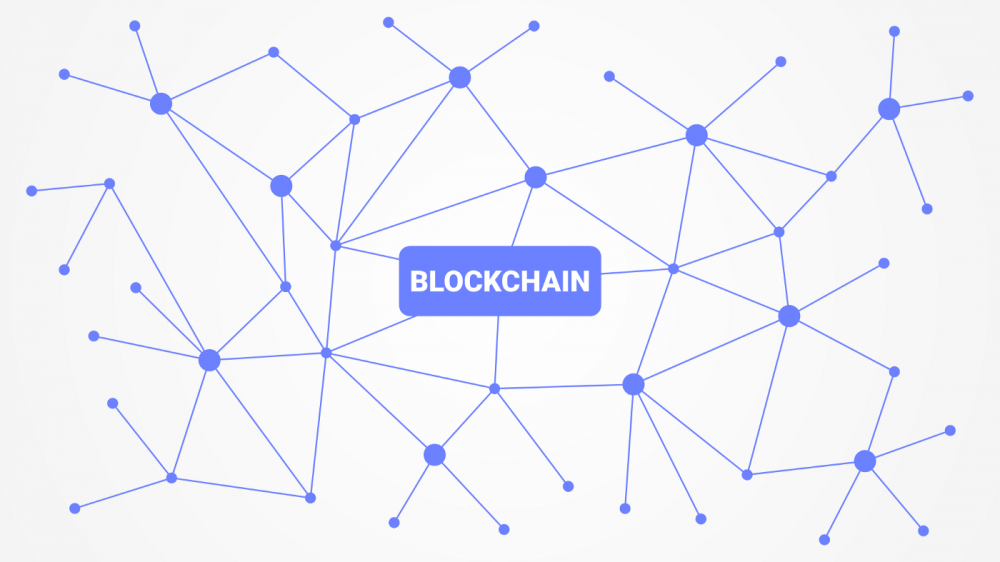
Why is node count the most reliable determinant for blockchain security
Why is node count the most reliable determinant for blockchain security?
The blockchain is a decentralized ledger that is constantly updated by connected nodes that are responsible for maintaining carbon copies of the blockchain. The number of nodes on a blockchain is frequently used to determine the security of a blockchain network. The greater the number of nodes in a network, the more difficult it is to attack or bring the network to a grinding halt. Aside from that, as the number of nodes grows, the system becomes increasingly decentralized. This means that no single entity can exercise complete control over all nodes in a blockchain network and alter the ledger without the rest of the network being aware of the change.
While the foregoing appears to be very practical and functional, there is an emerging aspect of blockchain technology that needs to be addressed in order for it to continue to grow and scale. With legacy networks such as Bitcoin and Ethereum at the forefront of the blockchain revolution, the ecosystem has grown at an exponential rate in recent years. Increasing in value, these platform-native tokens became prohibitively expensive to hold as nodes on these networks, resulting in concentrations of deep-pocketed investors and mining operations that exercise significant influence over network activity. As a result, specific groups were established to operate one or more nodes.
A small number of users (or organizations) are responsible for running full validatory nodes, which process each transaction in the current network, which is dominated by miners. They are not, on the other hand, involved in the development of the blockchain. Instead, much smaller groups of users, dubbed "miners," are in charge of running entire nodes of a centralized network (validatory and mining nodes).
Existing networks do not have nodes that are truly distributed
While the number of nodes is important, it is also important to consider their distribution, both geographically and between different entities. A blockchain network can only provide end-to-end security if the nodes in the network are not aggregated into larger pools of computing power. By increasing the number of nodes distributed across hundreds of different users, the underlying network becomes more resilient to malicious attempts such as the infamous 51 percent attack, which was previously considered to be a major threat.
Blockchain security is also dependent on the consensus mechanism that is used by the blockchain, which is another critical component. A full node on a network that relies on Proof-of-Work (PoW) consensus, for example, is prohibitively expensive to operate. High-end computing equipment will be required to complete the computational tasks that are directly related to the mining rewards you earn. Full node participation in any existing network, such as Bitcoin, is not suitable for everyone as a result of this. Because of the high initial costs, only a small number of select entities are able to run full nodes, resulting in an increase in power concentration over time.
In a similar vein, in Proof-of-Stake (PoS) networks such as Ethereum, your chances of becoming a full node are determined by your total "stake" in the network. The greater the number of Ethereum tokens you own, the more likely it is that you will be able to validate new blocks and contribute to the development of the Ethereum blockchain. Initial costs, on the other hand, may differ significantly depending on how popular the network is.
In either case, both PoW and PoS networks do not provide users with a level playing field when it comes to interacting with them. The overall security of the blockchain network is jeopardized as a result of the fact that it has a small number of users in comparison to other networks. Furthermore, the blockchain's central concepts of decentralization, transparency, fairness, and inclusivity serve as a foundation for its operation. There are many different types of nodes in blockchain networks, including authority nodes, validator nodes, lightnodes, full nodes, archival nodes, and staking nodes, but none of these nodes are particularly beneficial to the average user when it comes to entering the picture.
A 'Node' for Everyone
Due to the fact that running a full node on legacy networks has become a pipe dream for many, a new wave of blockchain solutions has entered the ecosystem, reintroducing the concepts of decentralization and equal opportunity for all participants.
Known as the Minima blockchain project, it is a third-generation blockchain project that has successfully built a network in which each user is treated as an equal and 'full' participant. MINIMA is a blockchain network that is the first of its kind, allowing users to run full nodes on existing infrastructure, including their smartphones, thanks to its ultra-lean blockchain protocol, which is designed to work seamlessly on mobile and Internet of Things devices.
It is not only the Minima blockchain that addresses the growing climate concerns that have become a fundamental issue for PoW and PoS-based networks, but it is also the blockchain that ensures true decentralization by eliminating the use of paid miners. The result is that users, rather than miners, will be in charge of network security in the near future.
Minima achieves this feat through the use of a Tx-PoW consensus mechanism as well as two distinct layers of encryption. Layer 1, referred to as Minima, is responsible for verification functions, while Layer 2, referred to as Maxima, is responsible for transactional functions. Using these elements together, Minima achieves a wide range of benefits, including low transaction costs, extreme scalability, censorship resistance, security, and inclusiveness. Minima achieves all of this while remaining decentralized, autonomous, and accountable, among other things.
As the only new-age blockchain that addresses the blockchain's trilemma of speed, security, and scalability, Minima has emerged as the leading contender. As a result of its ultra-lightweight mobile protocol, which is small enough to run as a dedicated application on any smartphone or Internet of Things device, it is easy to use.

